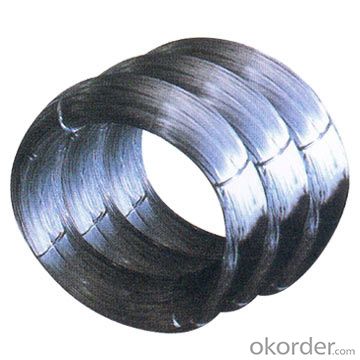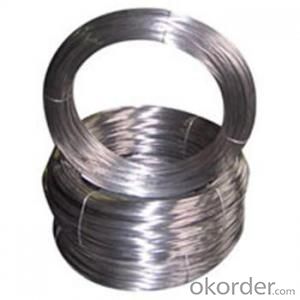Packaging & Delivery
| Packaging Details: | COIL |
|---|---|
| Delivery Detail: | USUALLY 10 DAYS AFTER RECEIVE YOUR DEPOSIT OR L/C |
OKorder Service Pledge
OKorder Financial Service
You Might Also Like
Place of Origin:Zhejiang, China (Mainland)
Model Number:45# or your require material
Surface Treatment:BLACK or GALVANIZED
Type:ROUND
Function:SPOKE
Wire Gauge:ALL DIAMETER OF SPOKE WIRE
Standard:AISI, ASTM, BS, DIN, GB, JIS
| Packaging Details: | COIL |
|---|---|
| Delivery Detail: | USUALLY 10 DAYS AFTER RECEIVE YOUR DEPOSIT OR L/C |
Diameter 1.98mm, 2.64mm,


Send your message to us
OKorder Service Pledge
OKorder Financial Service
Similar products
Hot products
Hot Searches
Related keywords